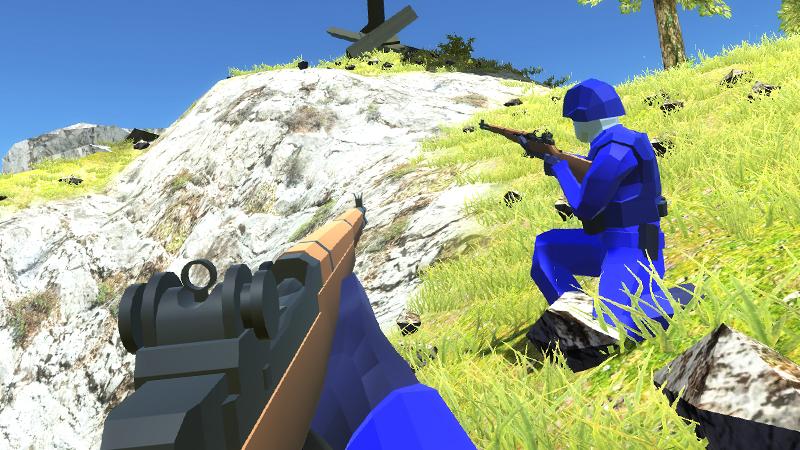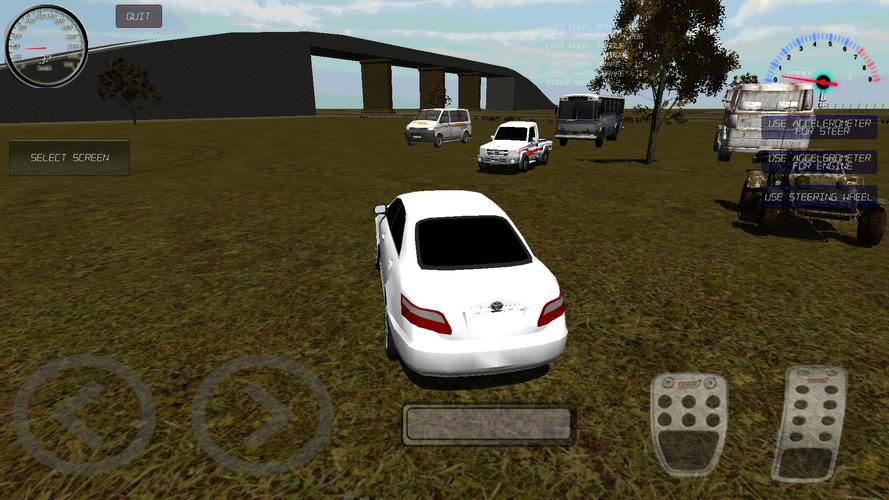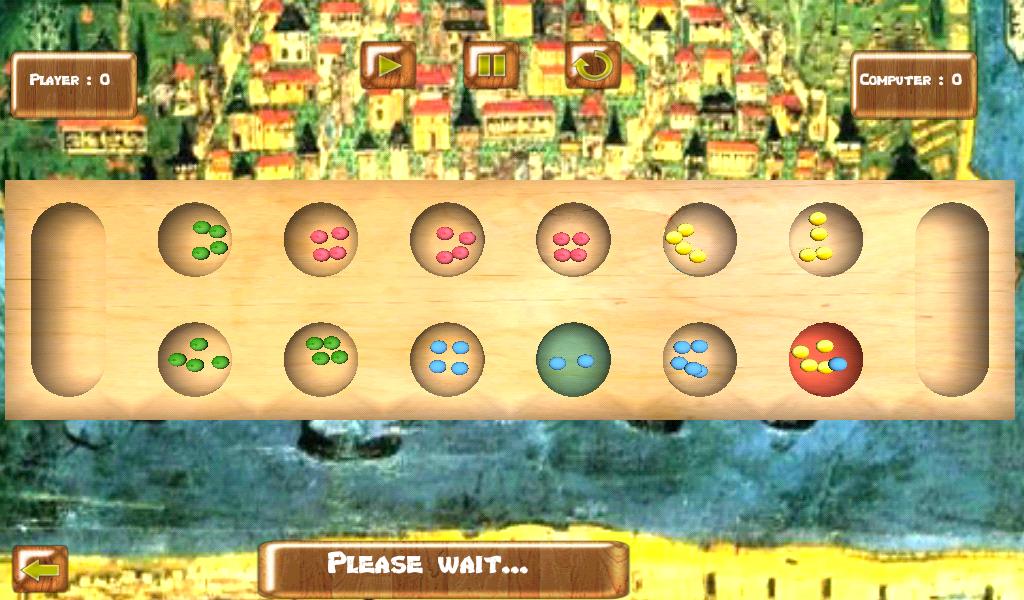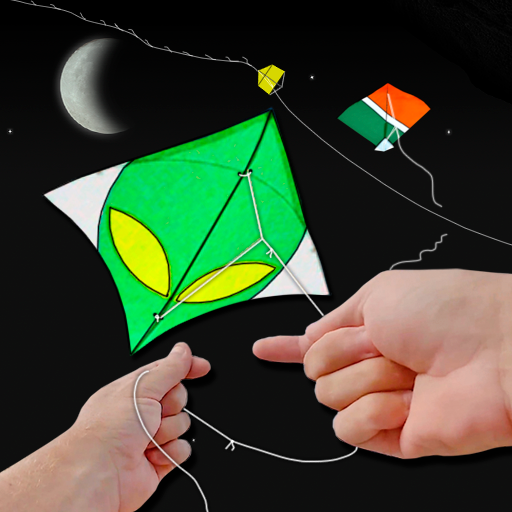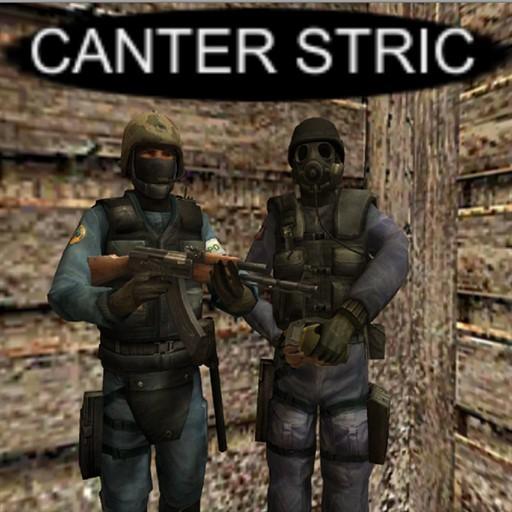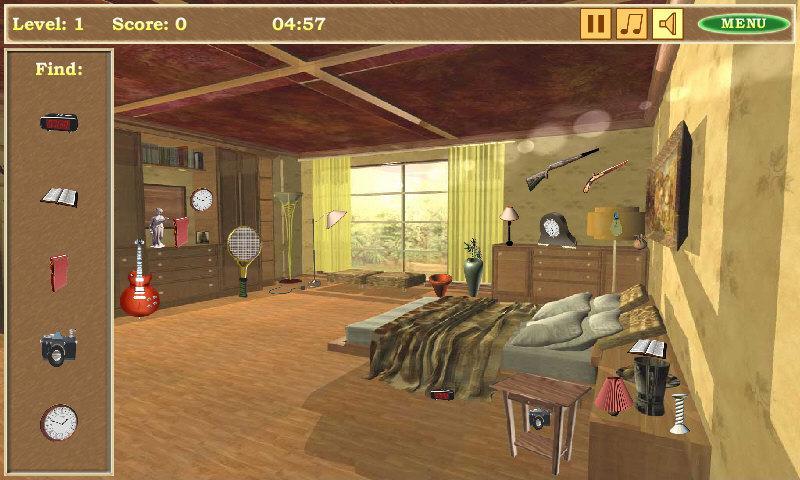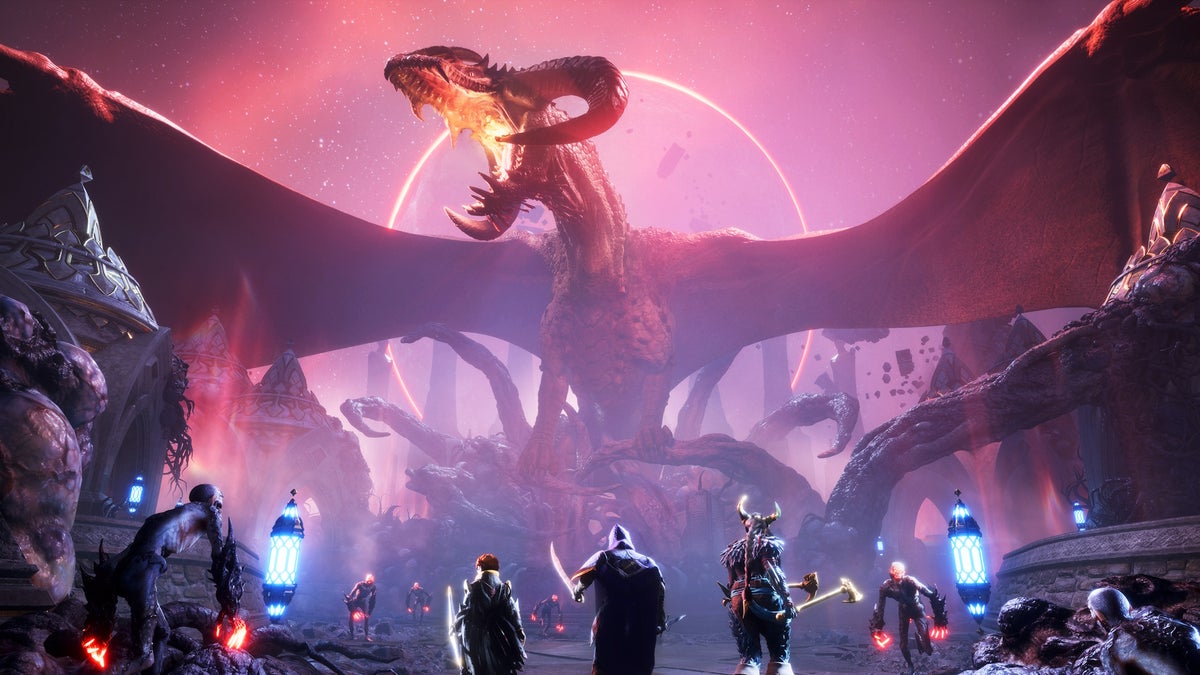English Nepali Dictionary
11.0.7 November 26, 2025- 9.2
- 1
- 2
- 3
- 4
- 5
Human anatomy is a special field within the general anatomy (animal).
Human anatomy is the science of a practical and morphological nature mainly dedicated to the study of the macroscopic structures of the human body; thus leaving the study of tissues to histology and cells to cytology and cell biology. Human anatomy is a special field within the general anatomy (animal).
Under a systematic vision, the human body - like the bodies of animals - is organized at different levels according to a hierarchy. Thus, it is composed of devices. These are made up of systems, which in turn are composed of organs, which are composed of tissues, which are formed by cells, which are formed by molecules, etc. Other visions (functional, morphogenetic, clinical, etc.), under other criteria, understand the human body in a slightly different way.
Some branches or disciplines such as osteology, myology, arthrology, angiology or neuroanatomy close to the limits of study of the human body in a more particular way. Thus, the myology performs the specific study of the muscles, their characteristics and functions; and neuroanatomy conducts the study of the nervous system extensively.
The systematic or descriptive anatomy: schematizes the study of the human body by fractioning it into the minimum constituent parts, and organizing them by systems and devices.
Topographic or regional anatomy: organizes the study of the body by regions following various criteria. Regional anatomy tends to a more functional and practical arrangement, under a more comprehensive understanding of relationships between different component structures. The surface anatomy is an essential area in the study, since the surface anatomy boxes offer visible and tactile information about the structures that are located under the skin.
Clinical anatomy: emphasizes the study of the structure and the function in correlation to medical-clinical (and other health sciences). Here different areas such as: surgical anatomy; radiological and ultrasonographic anatomy in relation to image diagnosis; the morphogenetic anatomy that is related to congenital development diseases; Anatomopathology, etc.
Artistic anatomy: deals with anatomical issues that directly affect the artistic representation of the human figure. For example, the muscles that appear superficially and their tensions according to the different postures or efforts; the anatomical transformations that occur depending on age, of the "race" (or rather clina or physiotype), of diseases; Anatomical transformations due to gesture or emotions are studied in a subdivision of artistic human anatomy called physiognomy or physiognomic.
A system is a group of associated organs that concur in a general function and are predominantly formed by the same types of tissues. For example: the skeletal system, the cardiovascular system, the nervous system, etc.
Immune system:
Tegumentary system: skin, hair and nails.
Nervous system: collection, transfer and processing of information. Formed by the central nervous system (brain and spinal cord) and the peripheral nervous system (nerves of the entire body).
Cardiovascular system: formed by the heart, arteries, veins and capillaries.
Lymphatic system: formed by capillaries, vessels and lymph nodes, spleen, thymus and bone marrow.
Endocrine system: communication within the body through hormones. It is formed by the endocrine glands that synthesize hormones and turn them to the internal environment (blood, lymph, interstitial fluid) such as pituitary, thyroid, thymus, adrenal, pancreas and gonads and by secretory cells that are found in organs that are not properly glands but secrete hormones as with the kidney and heart.
Muscle system:
Bone system:
Joint system:


